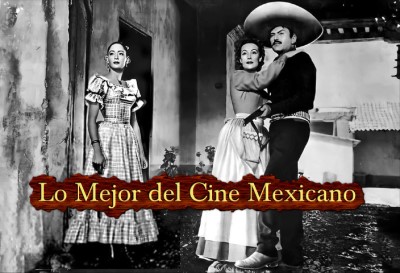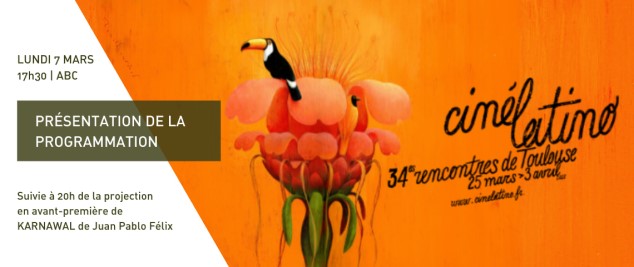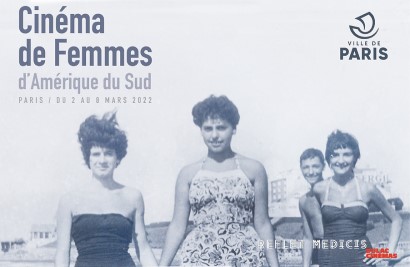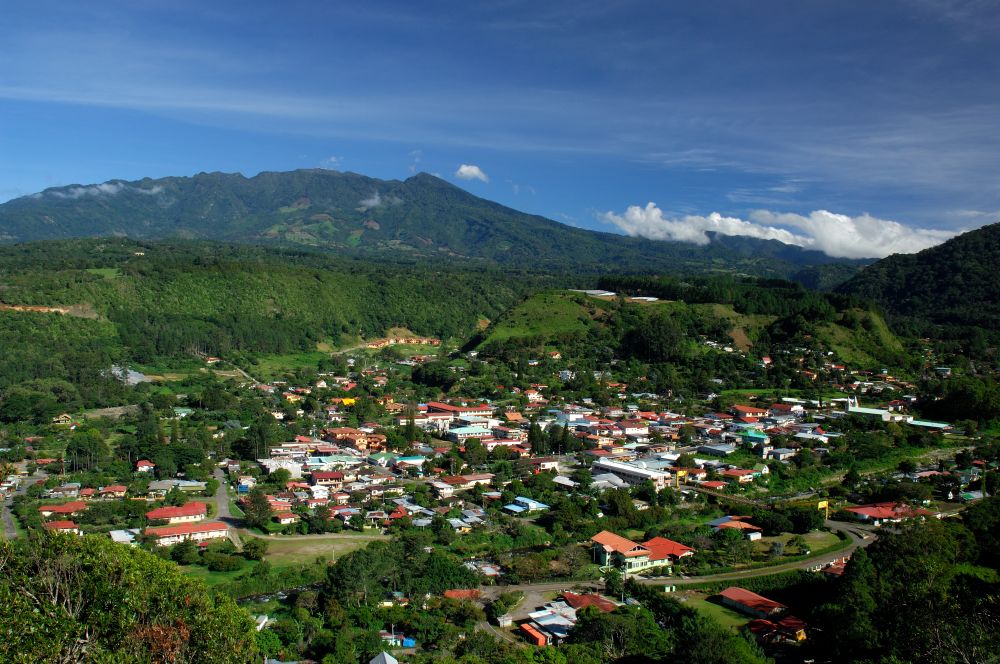[et_pb_section bb_built=”1″ fullwidth=”off” specialty=”off” _builder_version=”3.9″][et_pb_row _builder_version=”3.9″ padding_right_1=”30px” padding_left_1=”30px” padding_right_2=”30px” padding_left_2=”30px” background_color_2=”#f4f4f4″ padding_top_1=”30px” padding_bottom_1=”30px” padding_top_2=”30px” padding_bottom_2=”30px”][et_pb_column type=”2_3″][et_pb_text admin_label=”Category title – Manual” _builder_version=”3.9″ text_font=”|700|||||||” text_font_size=”12px” text_letter_spacing=”2px” border_style_all=”none” text_text_color=”#848484″]
CULTURE
[/et_pb_text][et_pb_divider _builder_version=”3.9″ color=”#ffffff” height=”15px” /][et_pb_text admin_label=”blog title” _builder_version=”3.9″]
Un Tour du Monde Latino en 80 films
Texte du Cine Club Uruguayen en France – Cet article a été publié initialement sur le site www.elcafelatino.org
[/et_pb_text][et_pb_divider _builder_version=”3.9″ color=”#ffffff” height=”15px” /][et_pb_text _builder_version=”3.9″ text_orientation=”justified”]
Le cinéma sud-américain, comme l’économie et la population du continent, est hétérogène d’un pays à l’autre. Passons en revue l’état actuel du Septième Art dans chaque pays ainsi que ses réalisateurs.
Trois géants se taillent la « part du lion » dans les cinémas du monde. Le cinéma mexicain, le cinéma argentin et le cinéma brésilien, suivis par les cinémas uruguayen, chilien et colombien pour ce qui est de la production et de la distribution. Naturellement, ceci est dû à la puissance économique de chaque pays, au soutien accordé aux réalisateurs par leurs gouvernements respectifs et au fait de se faire un nom afin de pénétrer les principaux marchés d’Europe et des Etats-Unis. Voyons chaque pays en détail.
En raison de leur proximité, le Mexique entretient avec les Etats-Unis une relation privilégiée qui favorise les contrats avec Hollywood ainsi que des accords cinématographiques entre les deux pays. À cela, s’ajoute la facilité avec laquelle les Américains peuvent se rendre dans les studios mexicains pour produire leurs films et une géographie particulière qui permet d’accueillir dans leurs villes une variété de types de films allant des westerns aux films historiques.
 L’Argentine vient ensuite avec 60 films par an vendus en Europe et aux Etats-Unis grâce à la renommée de ses cinéastes tels que Pino Solanas, Daniel Burman, Lisandro Alonso, Pablo Trapero, Sergio Renán, Damián Szifrón ou l’acteur et réalisateur Ricardo Darín. Cette galerie des grands du cinéma a ouvert des marchés dans le monde entier grâce à des créations telles que « Las nueve reinas », « La historia oficial », « Relatos salvajes » , « El hijo de Elías », « Carancho », « Elefante blanco » ou « El Presidente » , des films qui ont été nominés en Europe et ont remporté des prix. Les ventes de billets en Argentine sont également importantes et se comptent en millions de billets par an sur le marché local. Dans le cas de l’Argentine, il faut noter le rôle joué par l’INCAA (Institut national du cinéma et de l’audiovisuel) au cours des 30 dernières années avec sa loi sur le financement et le soutien à la production.
L’Argentine vient ensuite avec 60 films par an vendus en Europe et aux Etats-Unis grâce à la renommée de ses cinéastes tels que Pino Solanas, Daniel Burman, Lisandro Alonso, Pablo Trapero, Sergio Renán, Damián Szifrón ou l’acteur et réalisateur Ricardo Darín. Cette galerie des grands du cinéma a ouvert des marchés dans le monde entier grâce à des créations telles que « Las nueve reinas », « La historia oficial », « Relatos salvajes » , « El hijo de Elías », « Carancho », « Elefante blanco » ou « El Presidente » , des films qui ont été nominés en Europe et ont remporté des prix. Les ventes de billets en Argentine sont également importantes et se comptent en millions de billets par an sur le marché local. Dans le cas de l’Argentine, il faut noter le rôle joué par l’INCAA (Institut national du cinéma et de l’audiovisuel) au cours des 30 dernières années avec sa loi sur le financement et le soutien à la production.
En ce qui concerne le cinéma brésilien, il a débuté à la fin du 19e siècle (juillet 1896). Il s’agit d’un type de cinéma fortement influencé par son mélange de cultures, par la richesse de ses paysages et par le cinéma hollywoodien. Bien que la population soit très importante, les ventes de billets ne couvrent pas les coûts de production. À partir des années 70, le « Cinéma novo » apparaît avec Glauber Rocha, Nelson Pereira dos Santos, Ruy Guerra et Carlos Diegues, qui donnent entre autres un élan au cinéma brésilien en se basant surtout sur la littérature brésilienne, comme dans le cas de « Capitanes de Arena » ou « Dona Flor y sus dos maridos » de Bruno Barreto.
L’existence de la forêt amazonienne donne son nom aux documentaires les plus importants d’Amérique latine, comme Eduardo Coutinho et sa « Chèvre marquée pour mourir ». Son arrivée sur la scène internationale, dans les années 2000, est particulièrement remarquée grâce à des films sociologiques tels que « La Cité de Dieu » de Meirelles et « Central do Brasil » de Walter Salles.
Le cinéma uruguayen a un public très fidèle qui, bien qu’influencé par le cinéma américain, soutient son cinéma national et privilégie le cinéma européen d’avant-garde et le cinéma d’auteur. Ses réalisateurs suivent les écoles françaises, espagnoles et allemandes, et leurs productions cinématographiques sont clairement inspirées de ces influences culturelles. Le marché national étant petit (moins de 3 millions de personnes), les producteurs sont obligés d’exporter pour rentabiliser leurs films.
Le marché espagnol est le plus favorable grâce aux festivals de Saint Sébastien et de Barcelone, mais aussi aux festivals de Venise et de Berlin et aux nombreux festivals français. Parmi plus de mille films produits au cours des dix dernières années, rares sont ceux qui ont réussi à s’imposer sur la scène internationale. On peut citer « Whisky » de Pablo Rebella, « El baño del papa » de César Charlone, « Polvo nuestro que estás en los cielos« , « Masangeles » de Beatriz Flores Silva, ou « Mal Tiempo para Pescar » (« Sale temps pour les pêcheurs ») d’Álvaro Brechner.

En Colombie, le cinéma a été considéré en tant qu’industrie à partir des années 70. C’est à cette période que les premiers cinéastes colombiens sont apparus sur les scènes nationales et internationales. À ses débuts, le cinéma se concentrait sur les documentaires et les films d’animation ; puis les tout nouveaux festivals internationaux de Bogota et de Cartagena ont servi de plateformes pour diffuser les productions nationales.
Peu à peu, à partir de 2000, le cinéma colombien est présent à Cannes, Berlin et Rotterdam avec des films tels que « Maria, pleine de grâce » de Sandrine Moreno, « Paraíso Travel » de Simón Brand, « La barra » d’Oscar Navia et « Los Hongos » du même auteur.
Nous voulons mentionner comme symbole des films qui racontent la difficile histoire du pays, sans entrer dans les stéréotypes américains, « El olvido que seremos », un film qui raconte la vie du médecin et militant des droits de l’homme Héctor Abad Gómez, assassiné par des groupes paramilitaires à Medellín en 1987. Le film est basé sur le livre de son fils, Héctor Abad Faciolince.
Depuis 13 ans, le cinéma péruvien est reconnu en France grâce à son Festival qui a lieu tous les ans au mois d’avril. Né dans les années 50, il a été porté par la création de ciné-clubs à bas prix, dans toutes les villes. Comme le Mexique, le Pérou est un pays dont l’histoire invite les cinéastes et les producteurs à venir filmer, générant ainsi une source de revenus qui sont en partie réinvestis dans l’industrie cinématographique.
Malheureusement, le box-office national est faible par rapport à la population, et par conséquent, le nombre de cinéastes ayant les moyens d’assumer les coûts de production est limité. Cependant, certains réalisateurs produisent des œuvres majeures, telles « La boca del lobo » et « Caídos del cielo », de Francisco José Lombardi, et aussi l’adaptation de l’œuvre de Mario Vargas Llosa, « La ciudad y los perros » , « Fausta, la teta asustada » de Claudia Llosa, lauréate de plusieurs prix en Europe, « La muralla verde » d’Armando Robles Godoy et « Contracorriente » de Javier Fuentes-León.
Dans le prochain article, nous poursuivrons notre tour du monde cinématographique en visitant le Chili, la Bolivie, l’Équateur et le Venezuela.

[/et_pb_text][et_pb_divider _builder_version=”3.9″ color=”#ffffff” height=”24px” /][et_pb_cta admin_label=”visit members page button” _builder_version=”3.9″ button_text=”Visiter l’Amérique latine” button_url=”https://quimbaya-tours.com/fr/accueil/” use_background_color=”off” custom_button=”on” button_bg_color=”#0c71c3″ button_border_radius=”100″ url_new_window=”on” saved_tabs=”all” /][/et_pb_column][et_pb_column type=”1_3″][et_pb_divider _builder_version=”3.9″ color=”rgba(255,255,255,0)” height=”15px” /][et_pb_text admin_label=”side title” _builder_version=”3.9″]
ARTICLES RÉCENTS
[/et_pb_text][et_pb_divider _builder_version=”3.9″ color=”rgba(255,255,255,0)” height=”15px” /][et_pb_blog _builder_version=”3.9″ include_categories=”190,218,10″ posts_number=”3″ show_more=”on” show_author=”off” show_categories=”off” show_pagination=”off” header_level=”h5″ header_text_color=”#0c71c3″ header_font=”|600|||||||” custom_css_content=”display: none;” /][/et_pb_column][/et_pb_row][et_pb_row][et_pb_column type=”4_4″][et_pb_text admin_label=”You may also like:” _builder_version=”3.9″]
Tu pourrais aussi aimer :
[/et_pb_text][et_pb_post_nav _builder_version=”3.9″ prev_text=”%title” next_text=”%title” in_same_term=”on” title_font_size=”18px” /][/et_pb_column][/et_pb_row][et_pb_row _builder_version=”3.9″ custom_margin=”20px||1px|” custom_padding=”1px||1px|” padding_top_1=”1px” padding_bottom_1=”1px”][et_pb_column type=”4_4″][et_pb_text admin_label=”SHARE THIS ARTICLE:” _builder_version=”3.9″ custom_margin=”1px||1px|” custom_padding=”1px||1px|”]
Partagez cet article :
[/et_pb_text][/et_pb_column][/et_pb_row][/et_pb_section]







